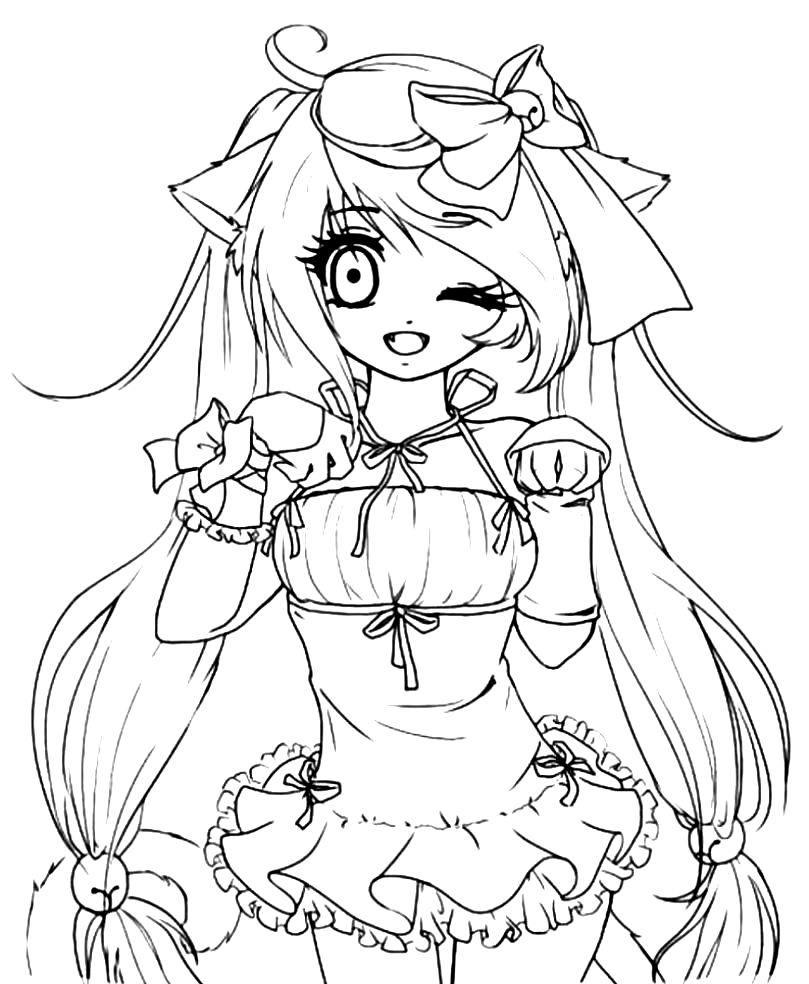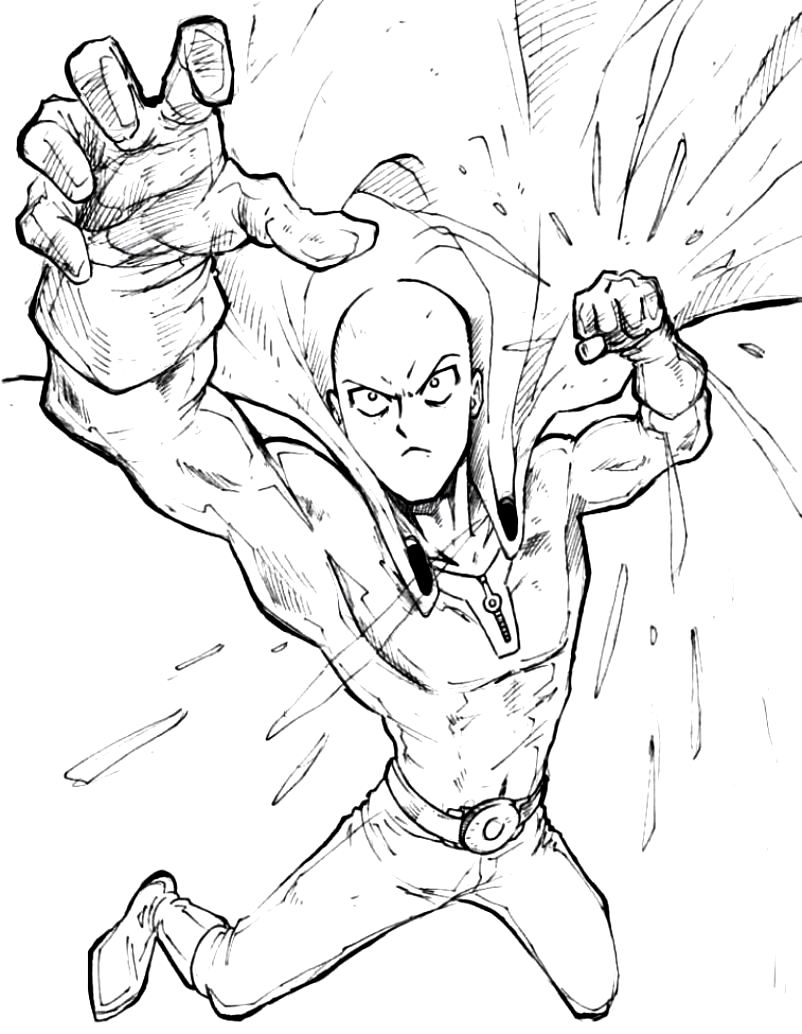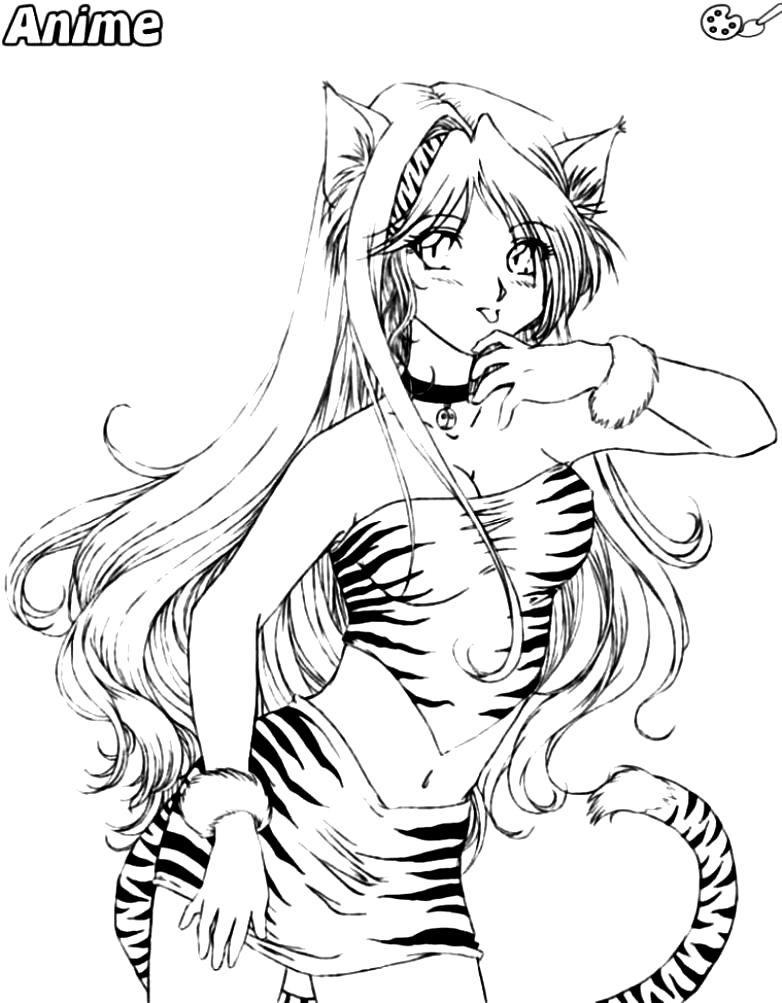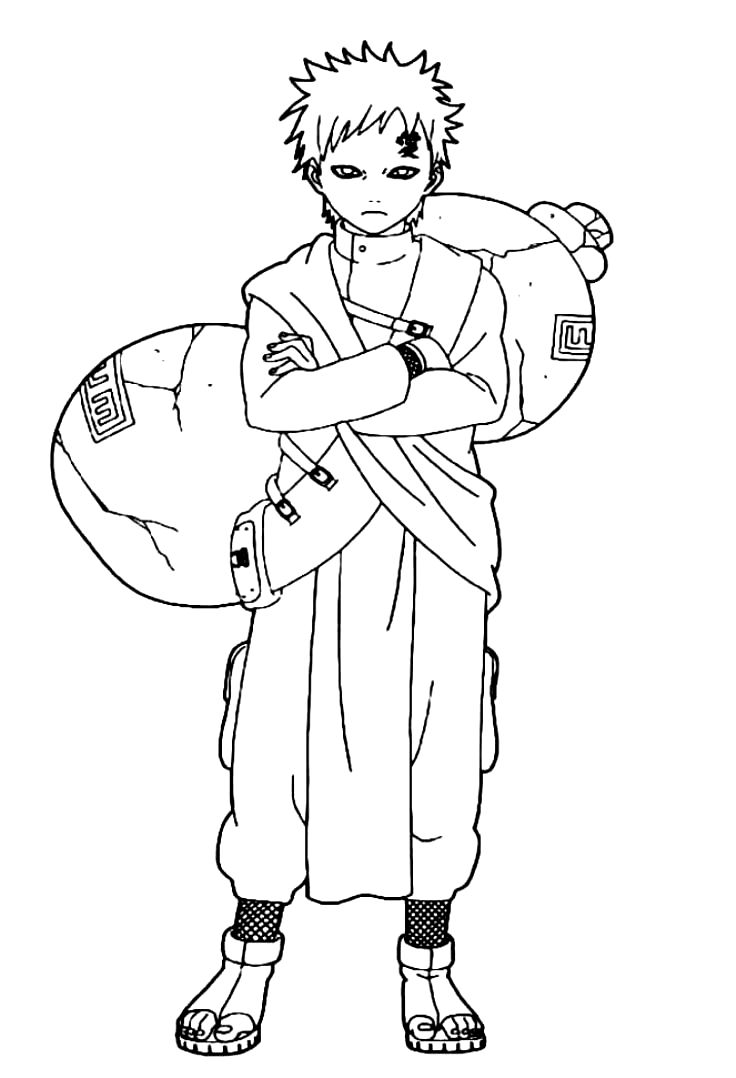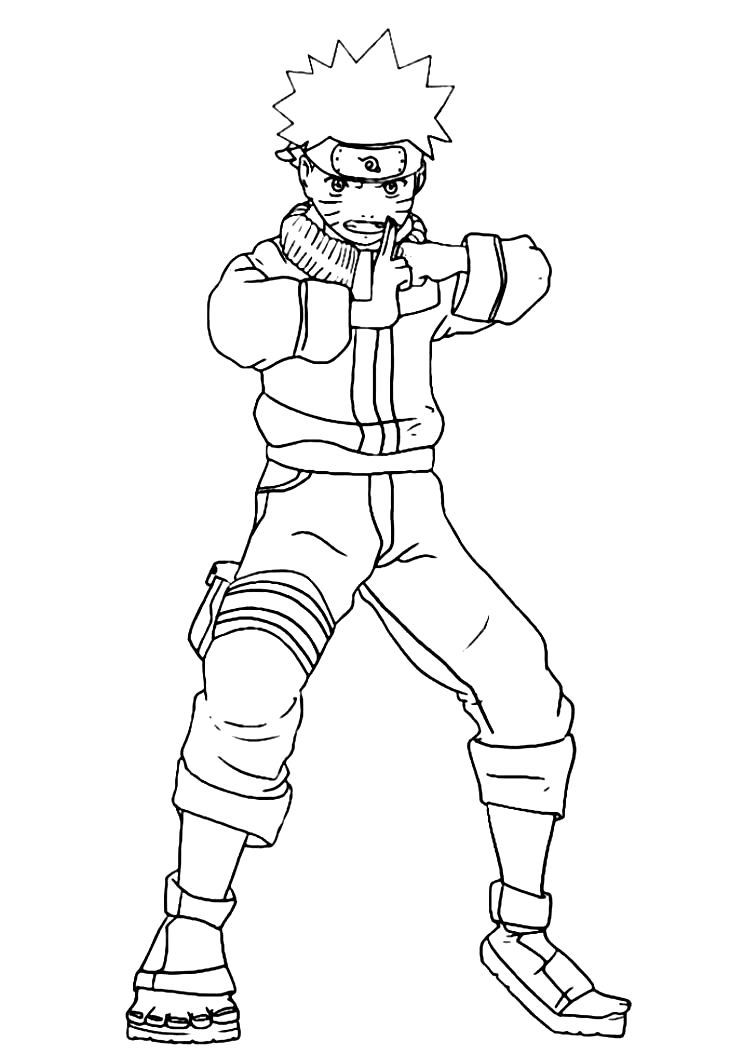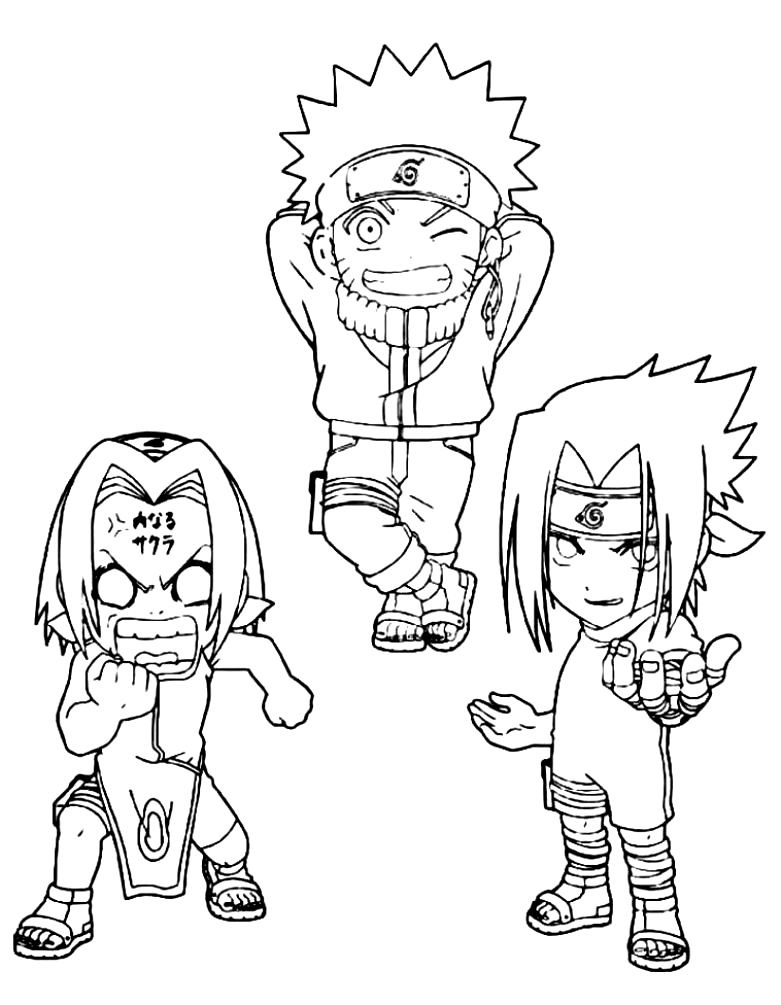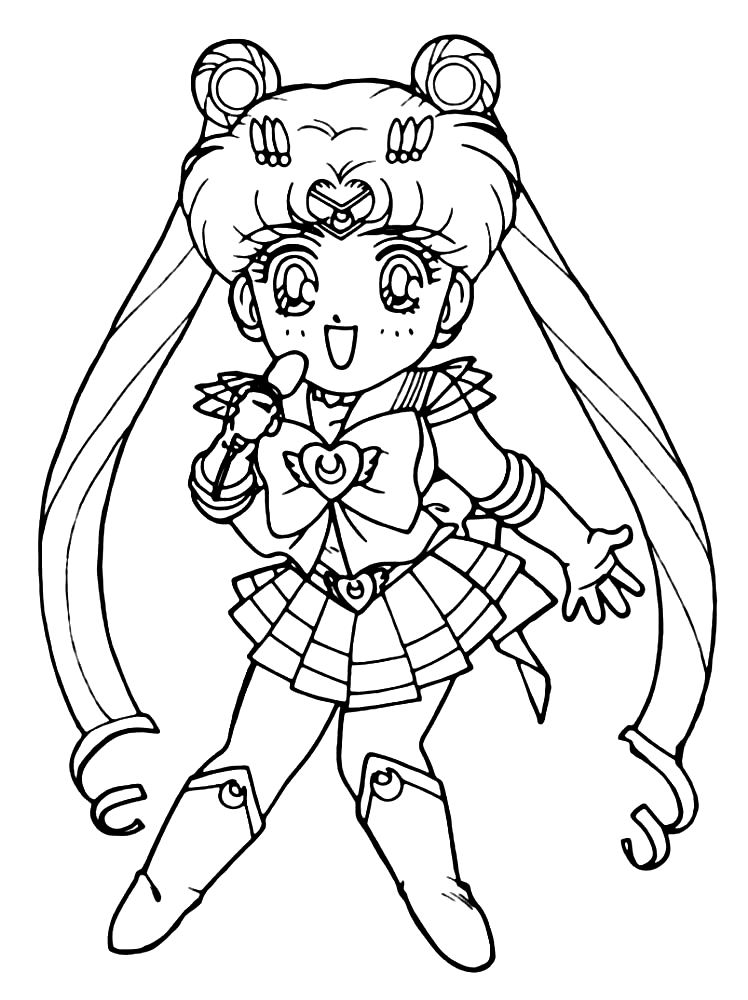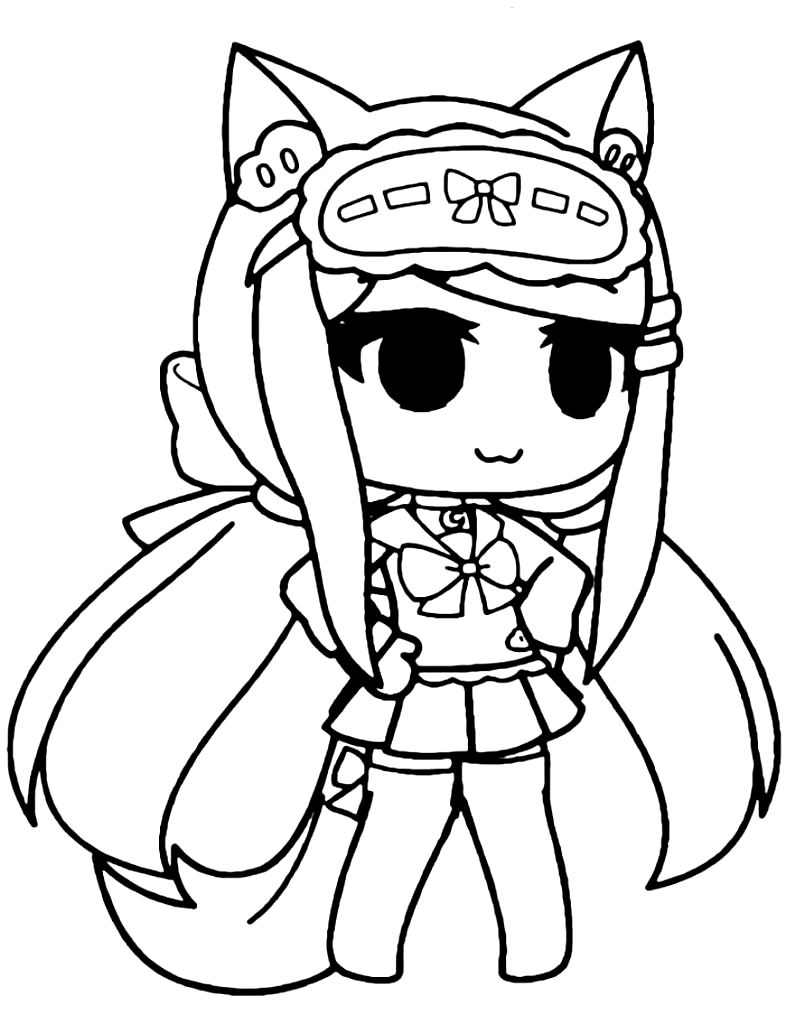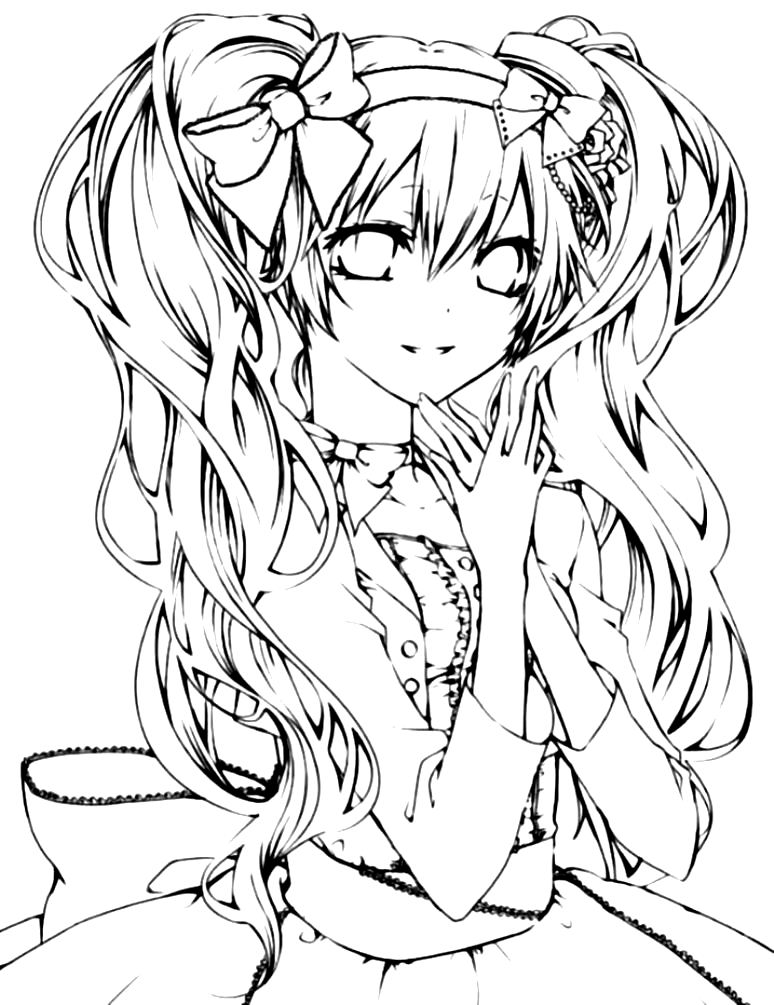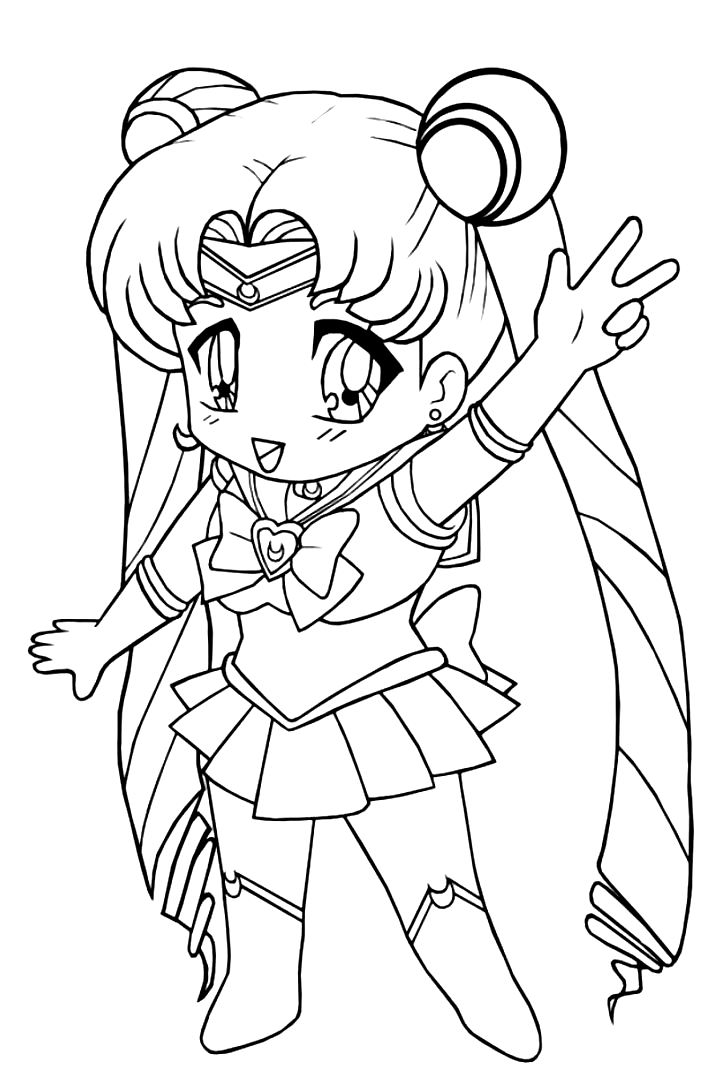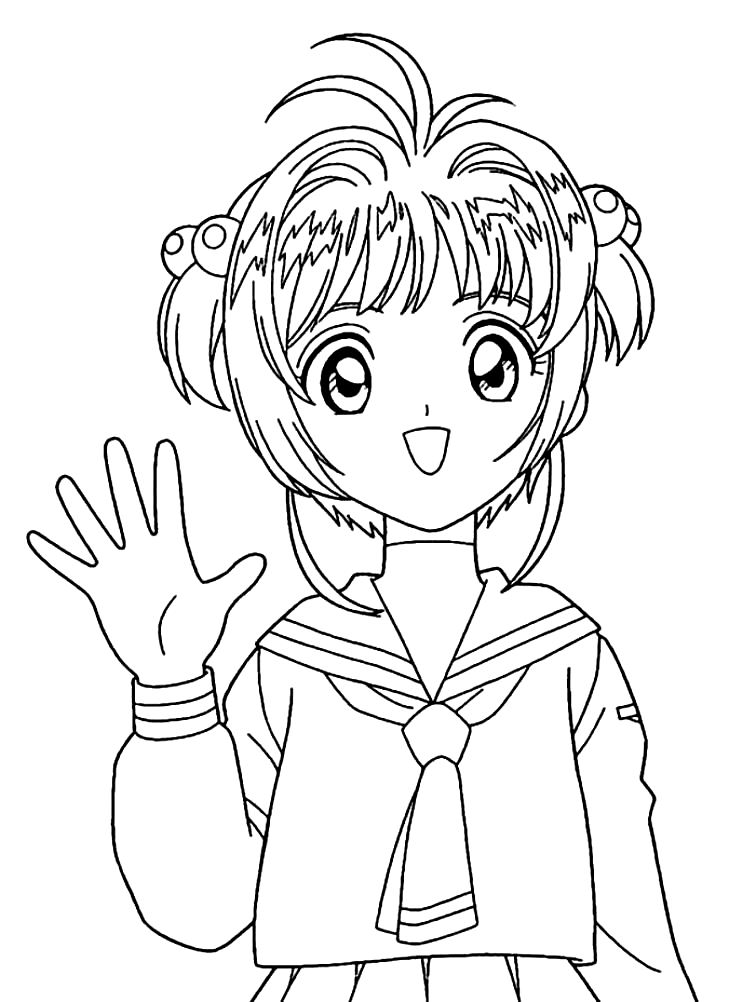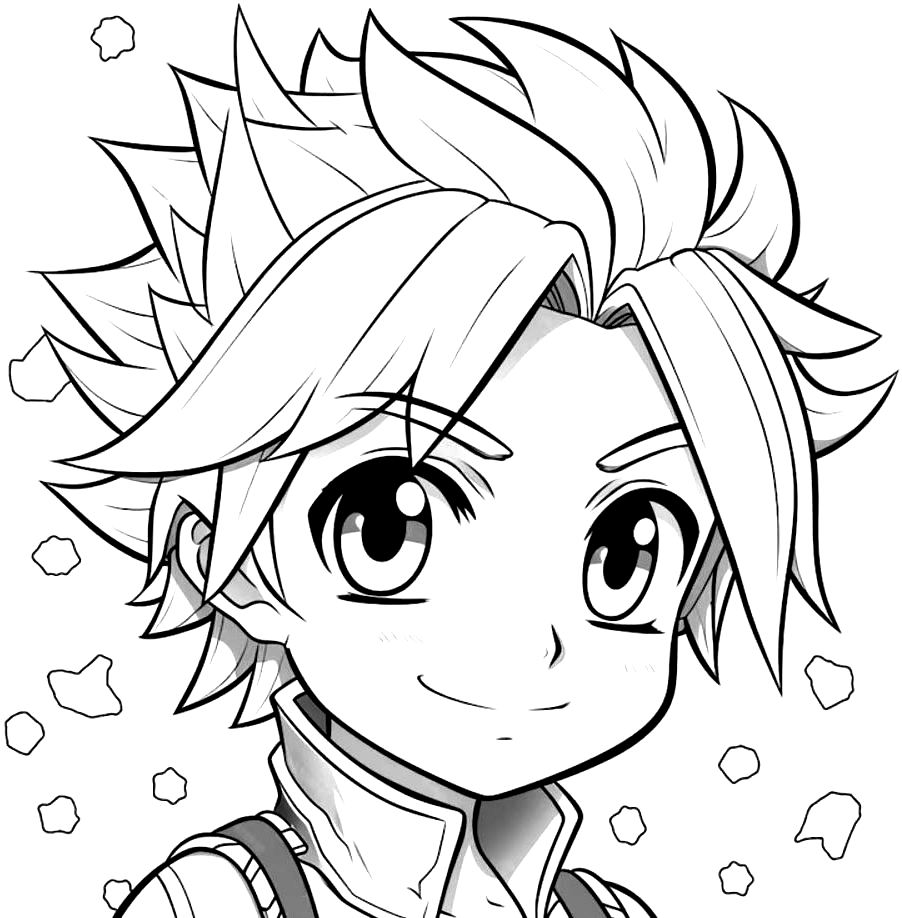Anime
Anime and cartoon characters coloring pages are quite fun. Share this excitement with mystical and fantastic anime coloring pages. Anime cartoon characters consist of many heroes. Choose your own character and start painting immediately.
Anime coloring pages ( Free printable )
When choosing these pages, you can choose the drawing that looks most fantastic to you. Prepare your pens. Now let's take a closer look at what anime is and what it means. The word anime was actually first used in French as "dessin anime". In English, it is used as "animation". For the definition of anime, we can say that it is the animation of drawings that are of Japanese origin and have a unique style unique to Japan. This animation may last for long episodes, such as a TV series, or it may be a feature-length film, such as a movie. Although anime are generally adapted from manga, they also have many non-manga sources.
What is Manga: They are Japanese comics, but just as there are many differences between anime and cartoons, the same applies here. The biggest difference is that it is read from right to left. Manga writers are called mangaka. Chinese comics are called manhua and Korean comics are called manhwa. Colorful comics of Korean origin that cannot be printed and can only be read in digital environments are called webtoons.
Difference Between Anime and Cartoons: Animes are not cartoons that appeal to children, as many people think. It appeals to people of almost all ages and its topics are very broad. Although technically it is not wrong to call it a cartoon, it is definitely wrong to say that it is no different from a cartoon. Because, although it is of Japanese origin, you can tell the difference just by looking at the drawings. While the subjects of cartoons are generally very simple, the subjects of anime have no limits and are vast. Still, let's not be unfair. There are also cartoons that appeal to adults, such as Rick and Morty. I recommend those who think that this genre is still the same as cartoons to watch Serial Experiments Lain, which makes you ask the question "What did I understand from this episode" after each episode.
Ages That Animes Address: Even though anime target certain ages during production, I would advise you not to worry too much about it. It can be watched at any age.
Kodomo: The literal meaning is “child”. It is the type of anime that appeals to children and that most of us watched when we were little. Pokemon, Digimon, Beyblade, Heidi and Sonic X are the most well-known. It is referred to as "kids" on Myanimelist.
Shounen: Literally means “young man”. It is a genre that appeals to men between the ages of 13-17. It is the most popular genre in the anime world. The most well-known examples are Naruto, One Piece and Bleach.
Seinen: Literally meaning “adult”. It is a genre that appeals to men over the age of 17. As an example of this, I would say Monster, which does full justice to the seinen genre.
Shoujo: Literally means “young girl”. It is a genre that appeals to girls between the ages of 13-17. Usually there is romance in these types of anime. It also occasionally includes action and comedy. In my words, shoujo anime deals with "girl thoughts that men cannot understand".
Josei: The literal meaning is “woman”. It is a genre that appeals to women over the age of 17.
Regularly Used Anime Terms
OVA: These are additional episodes or episodes released after the anime ends. Although it varies from anime to anime, it may be an unrelated episode independent of the subject, an additional detail section about a mentioned event, or an episode that continues where it left off. OVA episodes are very important in Steins Gate and Darker than Black productions.
Special: The literal meaning is special. It is similar to OVAs, the only difference is their duration. They are usually 3-4 minutes long.
Seiyuu: It is the name given to Japanese voice actors.
Fansub: These are groups that prepare subtitles.
Filler: The word means filler. When anime catch up with the current chapters of the manga they are adapted from, they make extra episodes to advance the manga. Although they are not required to be watched, you can find examples that are enjoyed.
Chibi: It is a cute drawing style in which characters are drawn at a maximum height of two heads and the eyes are large. Himouto! Umaru-chan can be given as an example of this drawing style.
Moe: It means cute, sweet and adorable. It is also referred to as a character type. Moe characters are actually the advertising face of anime series. Kyoto Animation's famous anime come to my mind. For example, K-On. While there are those who think that it is unnecessarily exaggerated because it reduces the seriousness, there are also fans who love moe characters.
Kawai: It means cute, sweet and adorable. Although it has similarities with moe, this word is used as an adjective in Japanese.
Fan service: These are erotic scenes that are made to attract more viewers, have no effect or benefit on the subject, and generally appeal to men, although there are varieties. There is no sexual intercourse. There may be people who call productions like Sword Art Online garbage because of fan service. While there are those who continue the series for these scenes, there are also those who hate it.
Trap: The literal meaning is trap. In anime, they appear as male characters even though they look and dress like women. Of course, the opposite could also happen.
Loli: These are anime characters who appear younger in appearance even though they are actually older.
Dementia: It is a genre of anime with confusing stories.
Slice of Life: These are the anime genres that are most similar to real life, which we can translate into Turkish as slices of life. You can take a look here for examples of the genre.
Light Novel: Although it does not have its exact meaning in Turkish, it can be translated as a light novel. These are short novels that generally do not exceed 200 pages and contain illustrations. China is more famous than Japan when it comes to light novels, and Chinese-made ones consist of long stories with short chapters.
Otaku: Although it has a broad meaning, we will talk about anime otaku here. Otaku refers to people who love anime and manga obsessively, put them at the center of their lives, and dream of going to Japan and eating Japanese food.
Nowadays, there are different varieties of anime that are loved and watched by both children and adults. These anime types are distinguished from each other according to their subjects and preparation methods. In addition to anime for those over eighteen, there are different types of anime for adults.
Anime genres prepared for children contain comedy elements. In addition, anime varieties prepared for children are also known for their educational features. Anime varieties have lighter drawings than manga. In addition, anime is one of the cartoon series with the most accurate and sequential plot.


